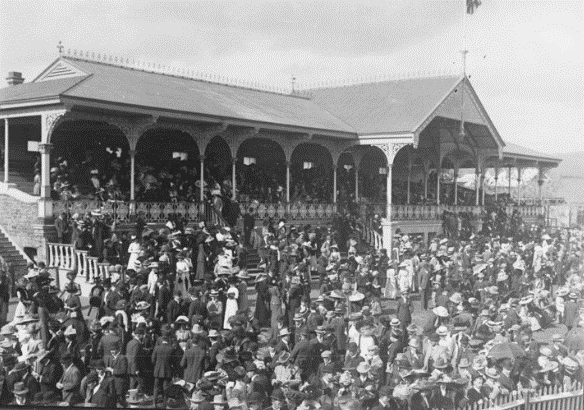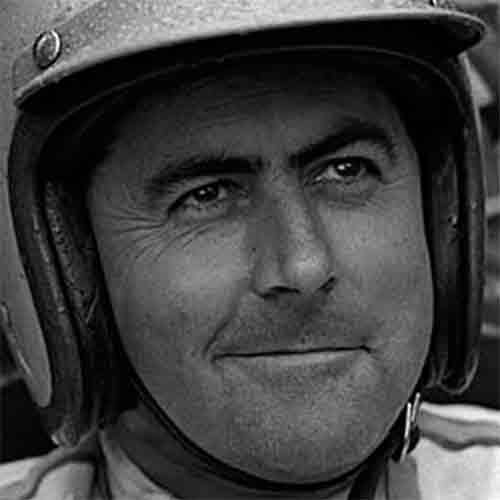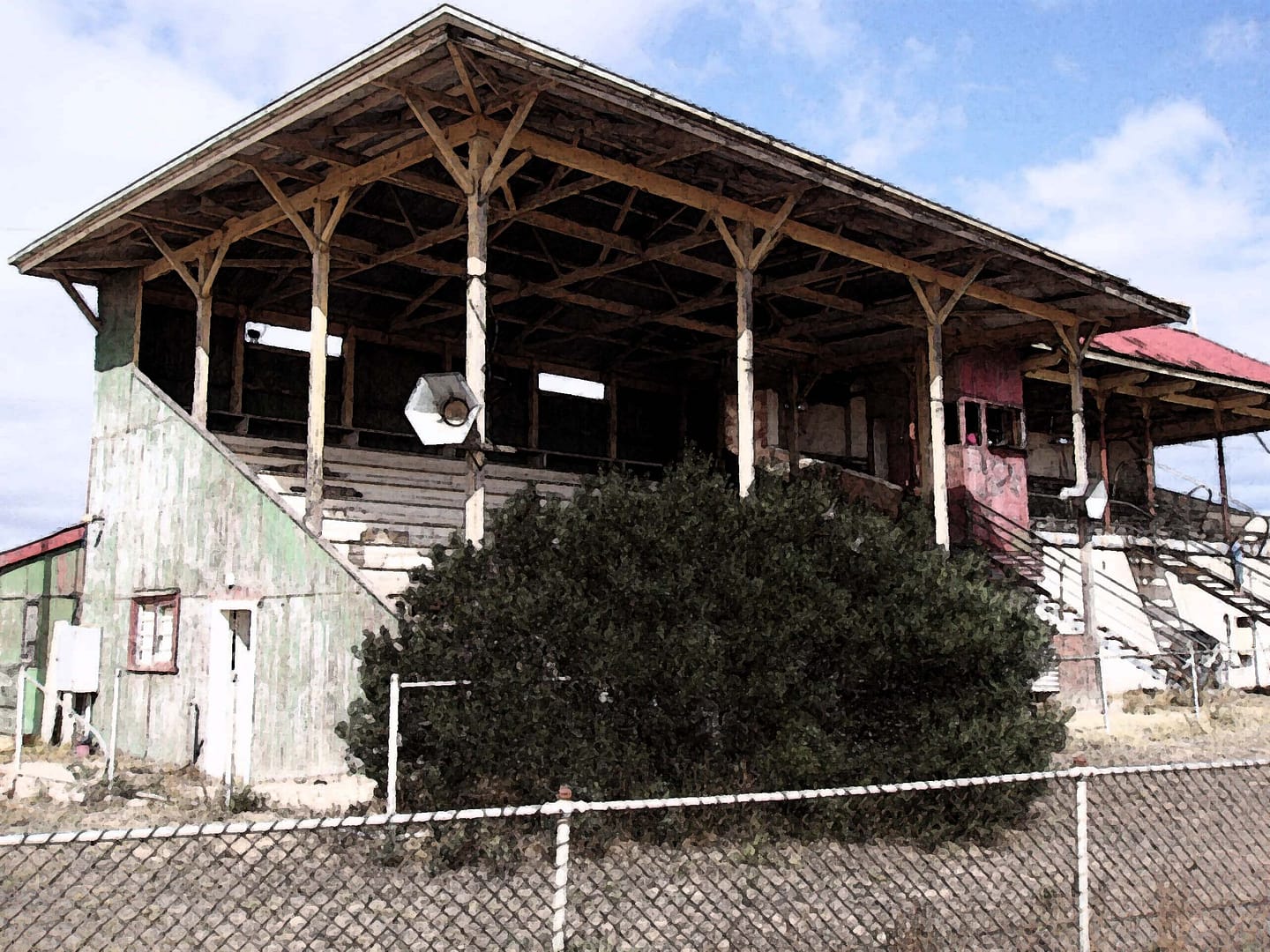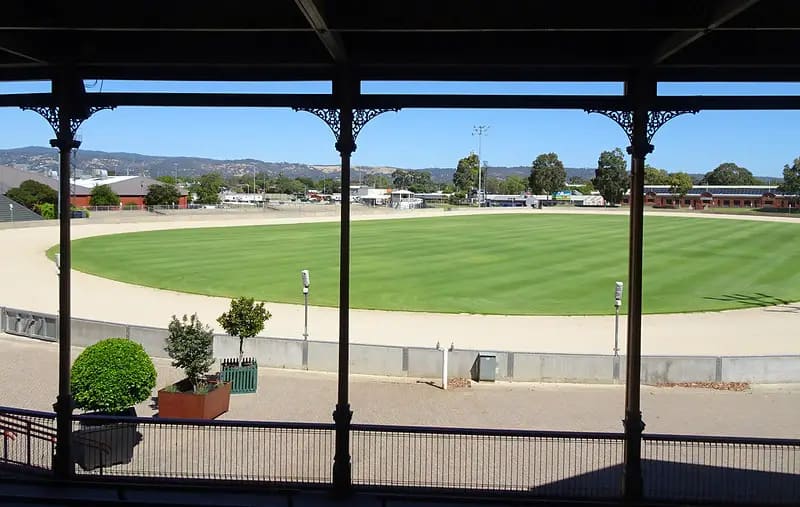On 30 July 1836, the Lady Mary Pelham became the second ship to bring emigrants to South Australia when it sailed into Nepean Bay on Kangaroo Island. Part of the fleet organised by the South Australian Company, the ship had finally left English waters on 7 April after a week-long delay caused by severe weather. Launched in 1816, the vessel was converted into a three-masted barque in 1830 and later modified for whaling operations in South Australian waters.
Due to incomplete records, the exact number of passengers and crew remains uncertain. Many accounts list 29 individuals on board, a figure that includes crew members who were also considered part of the emigrant population. Other records specify that the Lady Mary Pelham carried two full fare-paying passengers—Cornelius Birdseye, aged 31, and his wife Charlotte—along with five assisted emigrants who were South Australian Company employees serving as crew. The remaining 25 were crew members under the command of Captain Robert Ross. The arrival of the vessel more than doubled the population of the new colony.
First Mate James Doine Thompson played a notable role on this voyage. His wife, Mary, traveled as one of the assisted emigrants, hoping to begin a new life in the fledgling colony. However, the journey was marred by disorder; several accounts suggest that both the First Mate and Third Mate, Walter Edmunds, were inebriated from the start of the voyage. Thompson’s heavy drinking eventually led to a severe illness—described at the time as “brain fever”—and he died on 3 May 1836 at the young age of 25 after several days of delirium. Mary Thompson survived the voyage and arrived at Kangaroo Island, but little is known about her life thereafter.
Cornelius Birdseye, employed as the overseer of the South Australian Company’s livestock, was responsible for a flock of 29 sheep on board. The presence of these animals frequently caused friction with the crew, who complained that the sheep interfered with their whaling activities. After landing, Cornelius and Charlotte remained on Kangaroo Island until mid-1837, when they took up a grant of a town acre on the north side of Hindley Street in Adelaide. They farmed the property, and by the late 1840s, Cornelius had expanded his holdings significantly around the colony. In February 1854, the couple left South Australia and retired to Brixton in South London. Although they did not have any children, Cornelius maintained ownership of his accumulated properties and business interests from his 18 years in the colony. After Charlotte’s death in 1864 and Cornelius’s subsequent remarriage in 1867, his entire estate—including his South Australian assets—was eventually inherited by his second wife, Emma, upon his death in 1880. A portion of this land was later sold in 1881 for the construction of the Aldgate–Nairne rail line, with the remainder disposed of over a series of sales during 1883.
After her role in transporting emigrants, the Lady Mary Pelham served as a whaler and transport vessel between Van Diemen’s Land and Portland, Victoria. Her career came to an end in 1849 when she was wrecked. Anchored off a port and waiting for favorable winds, a fierce gale broke her chains, forcing Captain Wing to deliberately beach the ship. Although no lives were lost and most of the cargo was recovered, the vessel sustained severe damage; by mid-October, relentless wave action had completely broken her up.
Captain Robert Ross, who commanded the Lady Mary Pelham on its historic voyage in 1836, remains an enigmatic figure in early colonial maritime history, with few details known about his life and subsequent career beyond this notable expedition.
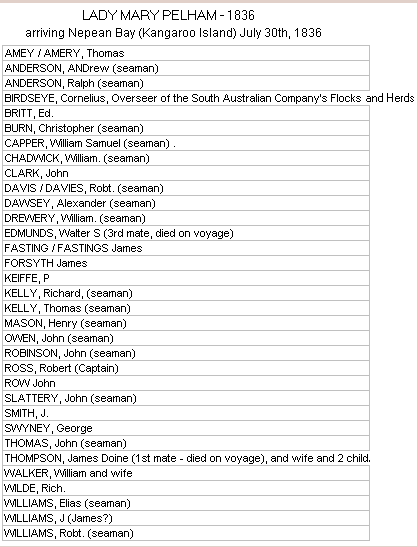
Credit https://bound-for-south-australia.collections.slsa.sa.gov.au/1836LadyMaryPelham.htm

